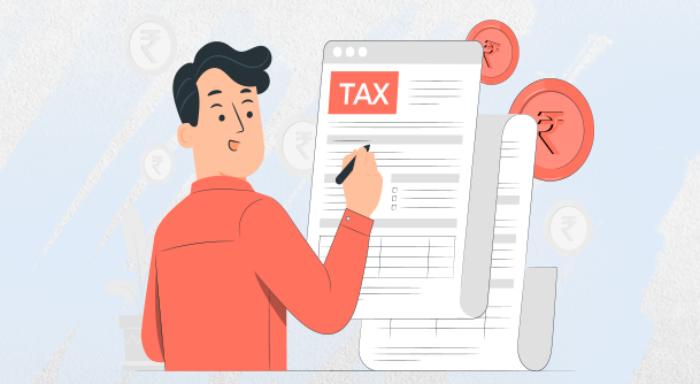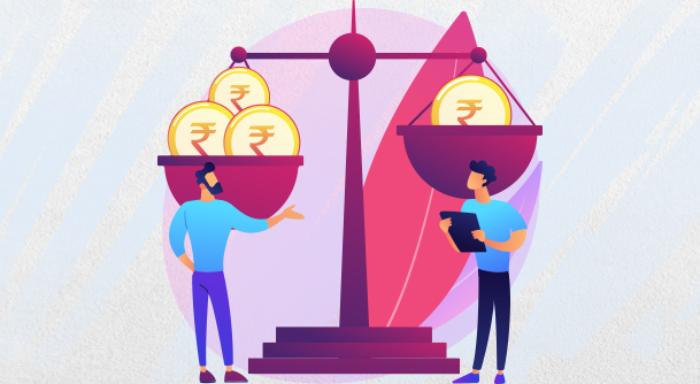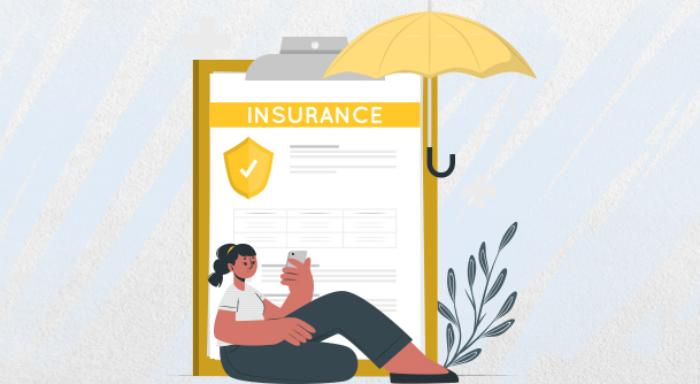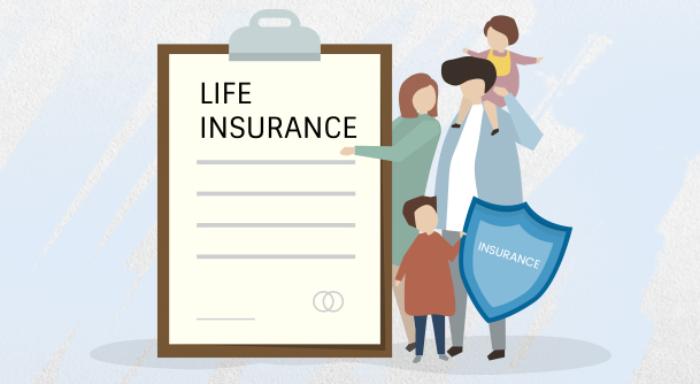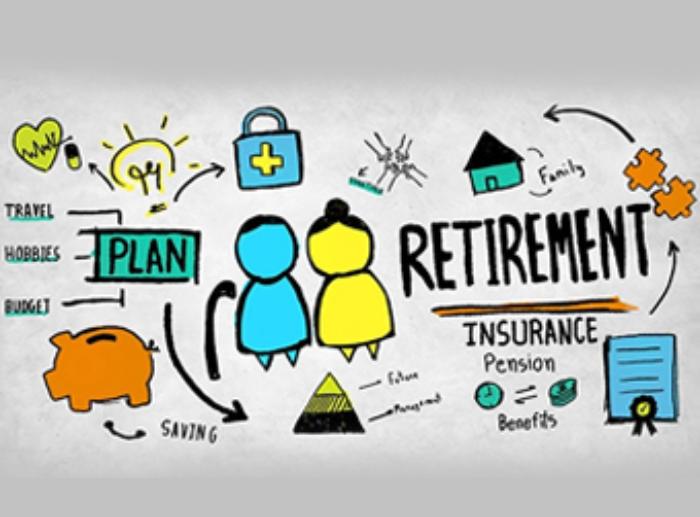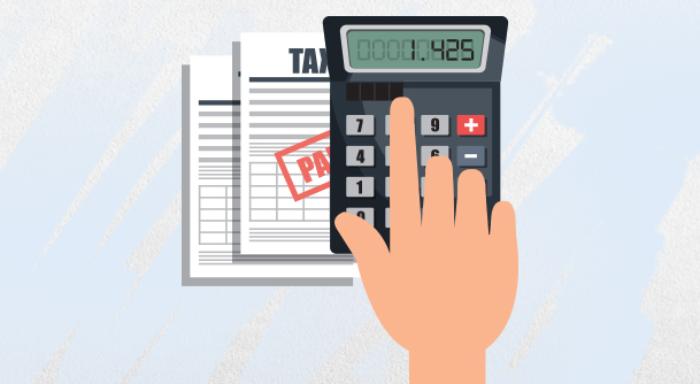Which Tax Regime is Right for You in 2023-24?
Blog Title
181 |
A new tax regime was introduced in the Union Budget 2020-21. In the Union Budget 2023, Finance Minister Nirmala Sitharaman made several further alterations to this regime to encourage widespread adoption. However, choosing between the old and new regime has proven difficult for many. This is especially true for those in the higher income bracket, who can benefit from tax-saving investments.
Different tax rates are levied on different income ranges in India. This applies to all individuals, partnership firms, and HUFs. It helps the Indian government ensure a progressive and fair tax system. The total number of ITRs filled for AY 2023-24, as of July 2023, stood at over 6.77 crores, 16% higher than the ITRs filled for AY 2022-23. If you are one of these responsible taxpayers, read on to understand the new tax rules to fulfil your tax obligations adequately and avoid penalties.
Let us also compare the old and new tax regimes to avoid any confusion while filing tax returns for FY23-24.
New Tax Regime
Here are the tax rates under the new regime applicable for FY 2023-24.
Income Slabs |
Income Tax Rate |
|
|
₹0 – 3,00,000 |
- |
₹3,00,000 - ₹6,00,000 |
5% |
₹6,00,000 - ₹9,00,000 |
10% |
₹9,00,000 - ₹12,00,000 |
15% |
₹12,00,000 - ₹15,00,000 |
20% |
₹15,00,000 & above |
30% |
The new tax regime has six slabs. So, check the slabs to see which one you fall under. You can enjoy a complete tax rebate if your taxable income is up to ₹7,00,000. The standard deduction of ₹50,000, which was previously available only under the old regime, has now been extended to the new regime. Altogether, the total rebate amounts to ₹7,50,000. You can also claim a deduction under 80CCD(2) under the new tax regime if your employer makes an NPS contribution to your account. The maximum deduction for non-government employees is 10% of the basic salary and 14% for government employees.
The tax exemption limit under the new regime has been increased to ₹3,00,000, from the previous ₹2,50,000. Further, those receiving family pension can claim a deduction of up to ₹15,000 or 1/3rd of the pension, whichever is lower. For seniors and super seniors, the exempted income is ₹2,50,000.
All the deductions and exemptions you used under the old tax regime will not be available. This includes HRA, LTA, health insurance premiums, and helper allowance that reduces your taxable income. Popular deductions under 80C, 80D, and 80E are also no longer a part of the new tax regime.
Since the older deductions are no longer available, the new income tax slab might not be helpful for individuals with higher income. In conclusion, the new tax regime works for employees with lower earnings and investments. They do not have to go through the burden of extensive tax preparation.
Old Tax Regime
Here are the tax rates under the old regime. This is also applicable for FY 2023-24.
Income Slab |
Income Tax Rate |
|
|
₹0 - ₹2,50,000 |
0% |
₹2,50,000 - ₹5,00,000 |
5% |
₹5,00,000 -₹10,00,000 |
20% |
₹10,00,000 & above |
30% |
The old income tax regime has 4 slabs, and the rates are higher. For instance, anyone with taxable income of ₹10,00,000 and higher is taxed at 30% in the old regime, while anyone with taxable income of ₹10,00,000 to ₹12,00,000 is taxed at 15% under the new tax regime.
But the old regime also had more than 70 benefits to lower the taxable income. Common exemptions included HRA and LRA. Common deductions included your savings, and spending on particular services, like charity and investments. Tax saving was also allowed on health insurance and a home loan. The old tax regime also cultivated a habit of savings since tax deductions were available on savings account interest.
Other exemptions included leave encashment, uniform allowance, and mobile and internet reimbursement while other deductions were PPF, ELSS, and NPS investment.
The most popular deduction, that is, deductions under 80C for up to ₹1.5 lakhs, is available only in the old tax regime. For instance, if you are paying premiums for life or health insurance, you can claim deductions on the premium of up to ₹1.5 lakhs of your taxable income under Section 80C. Further, if a senior or super senior opts for the old regime, the exempted income will be up to ₹3,00,000 and ₹5,00,000, respectively.
Comparison of Deductions and Allowances Under Both Tax Regimes
Particulars |
Old Tax Regime |
New Tax Regime |
|
|
|
Income Level for Rebate Eligibility |
₹5 lakhs |
₹7 lakhs |
Standard Deduction |
₹50,000 |
₹50,000 |
Effective Tax-Free Salary Income |
₹5.5 lakhs |
₹7.5 lakhs |
Rebate u/s 87A |
₹12,500 |
₹25,000 |
HRA Exemption |
Yes |
No |
Leave Travel Allowance (LTA) |
Yes |
No |
Other allowances including food allowance of ₹50/ 2 meals a day |
Yes |
No |
Standard Deductions (₹50,000) |
Yes |
Yes |
Entertainment Allowance and Professional Tax |
Yes |
No |
Perquisites for official purposes |
Yes |
Yes |
Home loan interest u/s 24b on: Self occupied or vacant property |
Yes |
No |
Home loan interest u/s 24b on: Let out property |
Yes |
Yes |
Deduction u/s 80C (EPF, LIC, ELSS, PPF, FD, children’s tuition fee etc) |
Yes |
No |
Employee’s own contribution to NPS |
Yes |
No |
Employer’s contribution to NPS |
Yes |
Yes |
Medical Insurance Premium – 80D |
Yes |
No |
Disabled Individual – 80U |
Yes |
No |
Interest on education loan- 80E |
Yes |
No |
Interest on electric vehicle loan – 80EEB |
Yes |
No |
Donation to political party/trust etc – 80G |
Yes |
No |
Savings bank interest u/s 80TTA and 80TTB |
Yes |
No |
Other Chapter VI -A deductions |
Yes |
No |
All contributions to Agniveer Corpus Fund - 80CCH |
Yes |
Yes |
Deduction on family pension income |
Yes |
Yes |
Gifts up to ₹50,000 |
Yes |
Yes |
Exemption on voluntary retirement – 10(10C) |
Yes |
Yes |
Exemption on gratuity u/s 10(10) |
Yes |
Yes |
Exemption on leave encashment u/s 10(10AA) |
Yes |
Yes |
Daily Allowance |
Yes |
Yes |
Conveyance Allowance |
Yes |
Yes |
Transport Allowance for a specially-abled person |
Yes |
Yes |
How to make a choice between the old and new tax regimes?
When making a decision between these two tax regimes, it's crucial to consider the available tax exemptions and deductions provided by the old tax regime. After accounting for all eligible exemptions and deductions, you can determine the net taxable income. Calculating the tax liability based on this net taxable income under the old tax regime allows for a comparison with the tax liability under the new tax regime.
Opting for the regime with the lower tax liability is the logical approach. It's essential to communicate this choice to the employer so that the appropriate Tax Deducted at Source (TDS) can be deducted from the salary.
To Sum Up
A comparative evaluation of both tax systems will help you pick the right one. This is because both the old and the new regime have their own advantages and disadvantages. The new tax system is straightforward while the old system can be slightly complicated for some. However, you can choose either for tax calculations in FY 2023-24.
Chirag Iyer - BFSI Enthusiast
Chirag is a writer and an avid reader who loves to drink coffee! His other interests include boxing, karate, and singing.


